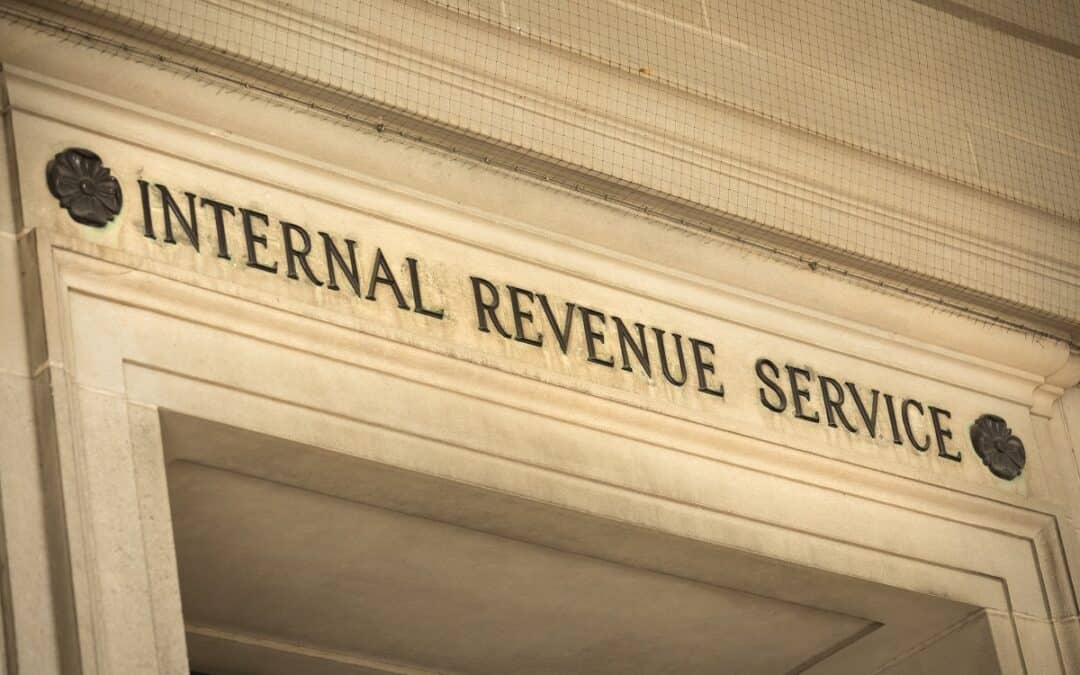
Millions of Americans Received Their First Child Tax Credit Payment: What to Do Now if You Weren’t Expecting a Payment
Did you receive a payment from the IRS that you were not expecting? In our previous blog post titled Child Tax Credit Payments: Exploring Key Details Parents Should Know, we explored the history of Child Tax Credit (CTC), recent changes to the CTC and IRS plans for issuing advanced credit payments. The first advanced payment was sent to qualified taxpayers on July 15, 2021. Eligible taxpayers who did not opt out received the payment via direct deposit if they previously provided their bank account information to the IRS. Eligible taxpayers who do not have their bank account information on file with the IRS will receive a check in the mail in the coming days.
Background
The CTC was expanded by the American Rescue Plan Act (ARPA) for the 2021 tax year. Prior to 2021, the maximum child tax credit was $2,000. The ARPA increased the credit to $3,000 per child ages 6 through 17 and $3,600 per child under the age of 6. However, the CTC is subject to a phase-out when income exceeds $400,000 for joint filers and $200,000 for other filers for the first $2,000 of the credit. A separate phase-out applies for the 2021 increases to the credit. For taxpayers exceeding the following income amounts: $75,000 for single filers, $112,500 for heads of household and $150,000 for joint filers, they are ineligible for 2021 increases and are only eligible for the original $2,000 per child credit amount. The ARPA also made the CTC fully refundable.
The ARPA requested the IRS make monthly payments of half of the CTC starting July 15, 2021, and continuing on the 15th of each month through December 2021. The remaining half of the credit will be claimed as a reduction of the taxpayer’s 2021 tax liability or as a refund when the taxpayer files their 2021 tax return. The IRS automatically enrolled all qualified taxpayers for advanced payments unless they opted out of receiving them. A taxpayer and spouse, if filing jointly, qualify for the advanced payments if they:
- Filed a 2019 or 2020 tax return that claims the CTC or provided the IRS with information in 2020 to claim a stimulus payment;
- Maintained a primary home in the United States for more than half of the year or filed a joint return with a spouse who has a U.S. home for more than half of the year;
- Have a qualifying child at the end of 2021 who’s under age 18 and has a valid Social Security number; and
- Earned less than the applicable income limit.
What Happens if I Don’t Opt Out?
Unlike the stimulus payments you may have received over the past year, the advanced CTC payments are not free money. In January 2022, the IRS will issue each taxpayer Letter 6419, summarizing the advanced payments paid to you during 2021. When filing your 2021 tax return, you will be required to reconcile the advance payments you received to the actual credit calculated for the year. To the extent that your advanced payments are less than the actual credit calculated on your 2021 tax return, the credit on your tax return will be reduced by the amount of the advanced payments received. On the other hand, if the advanced payments exceed the actual credit calculated on your 2021 tax return, the excess payments you received must be paid back to the IRS unless you qualify for full or partial repayment protection. To summarize, the advance payments will either reduce any refund you expect to receive or increase the amount of tax you owe when you file your 2021 tax return.
Opting Out
Taxpayers may choose to opt out of the advanced payments for many reasons. For example, the taxpayer’s number of dependents will be lower than in prior years, the taxpayer expects that their income will exceed the phase-out threshold, or the taxpayer simply does not want to owe the IRS more money on April 15th.
If you would like to opt out, you must do so 3 days before the next unenrollment date, which is August 2, 2021. Additional unenrollment dates are as follows:
- August 30, 2021
- October 4, 2021
- November 1, 2021
- November 29, 2021
To opt out, access the IRS portal.
Caution: If you file a joint return, both you and your spouse will need to unenroll. Otherwise, your spouse will continue to receive their half of the advanced payments. Also, once you opt out, you cannot re-enroll should you need the advanced payments later in the year.
Conclusion
The changes to the CTC will greatly benefit many taxpayers. Receiving advance payments of the credit in 2021 provides immediate cash flow to those who need it. However, it may come with a cost when you file your 2021 tax return. Whether you want to receive the advance payments or opt out is a personal choice. Moore Colson’s tax experts can help determine the best path for you.



